Innovation in Open Science
Innovation in Open Science https://opusproject.eu/wp-content/uploads/2023/04/pexels-digital-buggu-171198-scaled.jpg 1024 576 Open and Universal Science (OPUS) Project Open and Universal Science (OPUS) Project https://opusproject.eu/wp-content/uploads/2023/04/pexels-digital-buggu-171198-scaled.jpgOpen science has become a buzzword in recent years, representing a shift in the scientific community towards more transparent, collaborative, and accessible research practices. Innovation is at the heart of this movement, as scientists and researchers are constantly seeking new ways to improve scientific discovery and accelerate the pace of progress.
One of the key innovations in open science is the concept of open access publishing. Traditionally, scientific journals have been locked behind paywalls, making it difficult for researchers to access the latest research findings. Open access publishing removes these barriers, making research articles freely available to anyone who wants to read them. This not only increases access to knowledge, but also allows for more rapid dissemination of research findings.
Another innovation in open science is the use of preprint servers. Preprint servers allow researchers to share their work with the scientific community before it has undergone peer review. This allows for more rapid dissemination of research findings and can help to speed up the peer review process by allowing reviewers to see work that may not have been submitted to a traditional journal yet. Preprint servers like arXiv and bioRxiv have become increasingly popular in recent years, particularly in fields like physics and biology.
Open data is another key innovation in open science. Sharing data openly allows other researchers to build upon existing work and can help to ensure the reproducibility of scientific findings. However, making data open and accessible can also pose challenges, particularly in fields like medicine where patient privacy must be protected. Despite these challenges, many researchers are working to develop best practices for sharing data openly, including the use of secure data repositories and anonymization techniques.
Crowdsourcing is another innovative approach to scientific discovery that has gained popularity in recent years. By leveraging the power of the crowd, researchers can gather large amounts of data quickly and efficiently. This can be particularly useful in fields like astronomy, where large-scale projects like the Zooniverse platform have allowed amateur astronomers to contribute to scientific discovery by analyzing data from telescopes.
Finally, open source software has become an important tool for scientific researchers. Open source software allows researchers to share code and algorithms openly, making it easier for others to replicate their work and build upon their findings. This can help to accelerate the pace of scientific discovery and can also help to ensure the reproducibility of research findings.
In conclusion, innovation is at the heart of the open science movement. By embracing new technologies and approaches to scientific discovery, researchers are working to accelerate the pace of progress and ensure that scientific knowledge is accessible to all. From open access publishing to crowdsourcing and open source software, there are many exciting innovations happening in the world of open science, and it will be fascinating to see how these approaches continue to evolve in the years to come.
- Posted In:
- Open Science News




